UTRICULARIA - flowers
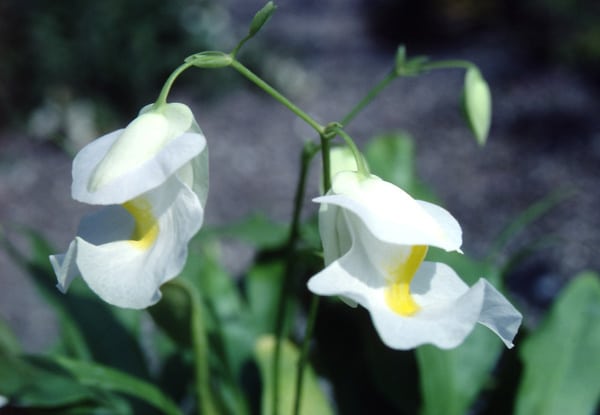
Utricularia alpina occurs in northern South-Americaand on many islands in the Antillers.
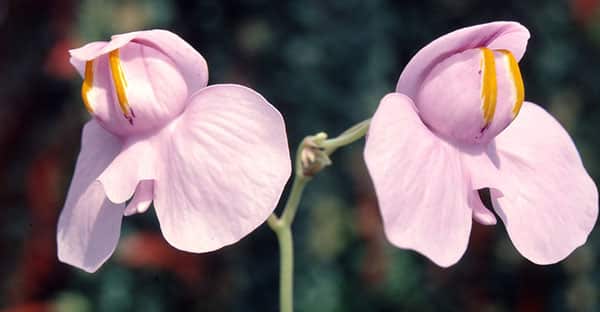
Utricularia reniformis, endemic to Brasil.
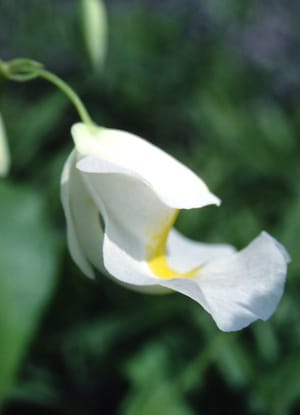
U. alpina, the spur is patly visible.
Utricularia has uni-symmetrical (zygomorphic) two-lipped flowers, where the lower lip is equipped with bagging called a palate projecting against the upper lip closing for access to the sexual parts of the flower, which consist of two stamens and a one-celled ovary with one stigma. Pollination is little known but is assumed to occur by insects having the power to force their way to the sexual parts.
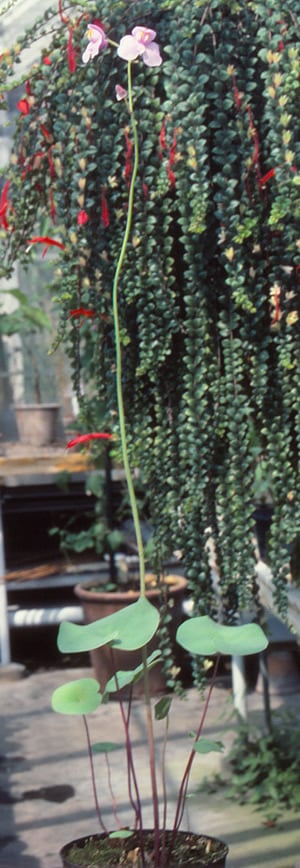
Utricularia reniformis, long inflorescence stalk.
A spur extends from the lower lip. It may be longer than the lip or just be a short bagging. The palate is often equipped with guidelines used by insects for orientation about how to enter the flower. The calyx is two- or five-lobed. The fruit is a unicellular capsule with lots of seeds, which are spread with wind or water. The flowers sit solely or in racemes, which are often very long relative to the size of the plant. In aquatic species, the flower stalk is raised above the water level.
The Brazilian Utricularia reniformis is a swamp plant pollinated by bumblebees. Nectar is shown present in the spur. The long flower shaft causes large spatial separation between flowers and traps but it has not the same importance for preventing insects from becoming prey as in Cephalotus follicularis. However, the long shaft will make the flowers more visible for pollinators.
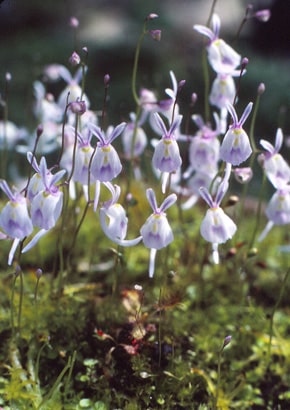
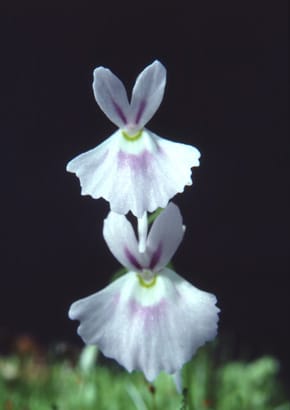
Utricularia sandersonii (left and right) is endemic to South-Africa, where it grows as a swamp plant or a lithophyte in moss cushions on cliffs from 210 to 1200 m a.s.l. Its two-lobed rabbit ear like upper lip is a safe characteristic. In New Zealand it is an invasive species.
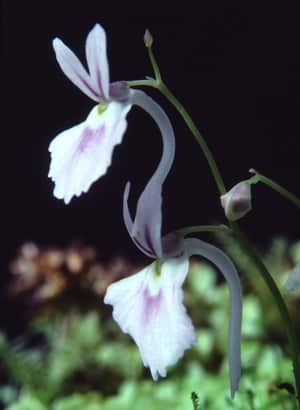
Utricularia sandersonii endemic to South-Africa
Utricularia sandersonii with long spur.
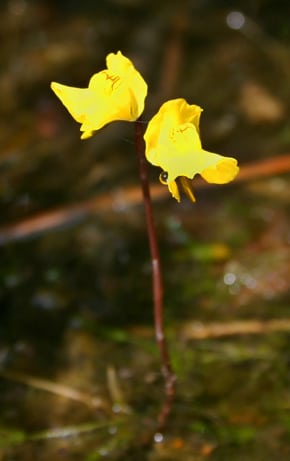
Utricularia vulgaris
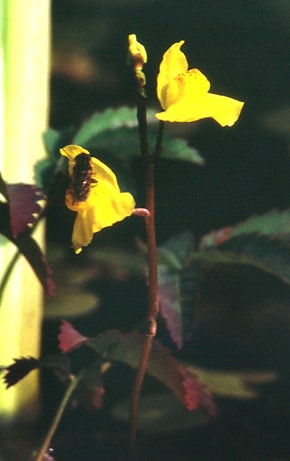
Utricularia vulgaris with fly.
Utricularia vulgaris (Greater bladderwort) and U. australis look confusingly alike but can be identified by the lower lip, where the sides in U. vulgaris are turned downwards but more or less upwards in U. australis. They are both free-floating water plants with finely dissected leaves having numerous bladders on shoots which may be one meter long. These and several other species produce cleistogameous flowers (never opens) in the early growing season. They will usually self-pollinate and hence produce seeds.
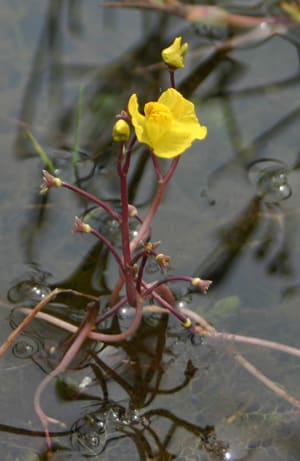
Utricularia australis
A fly is seen on the photo above to the right, but most likely, it has just found a resting place and is not involved in pollination. U. australis is found all over the old world, while U. vulgaris is limited to Europe and Asia. In North America and East-Asia it is replaced by U. macrorhiza, which may be considered a subspecies.
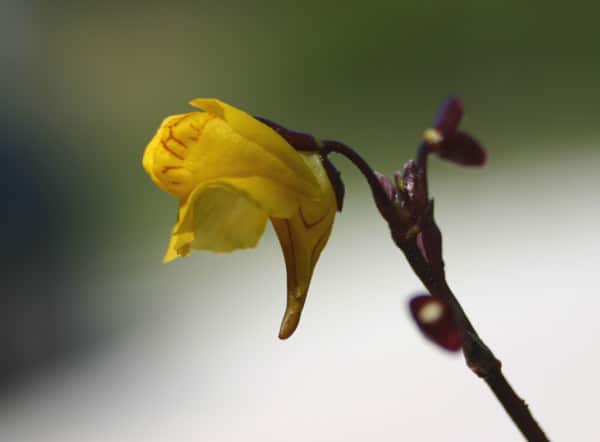
Utricularia vulgaris is distributed in Europe and Asia.
Utricularia lateriflora is an endemic Australian swamp plant included here to illustrate the great variation in the look of the flowers. Both flowers and leaves are small, and vegetatively the species resembles U. sandersonii with leaves only three mm long.
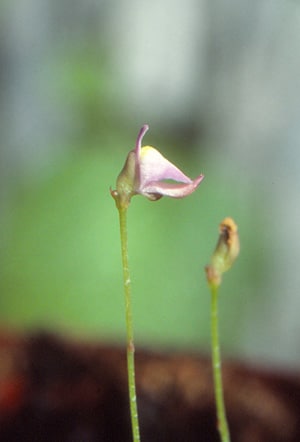
Utricularia lateriflora, endemic to Australia.

